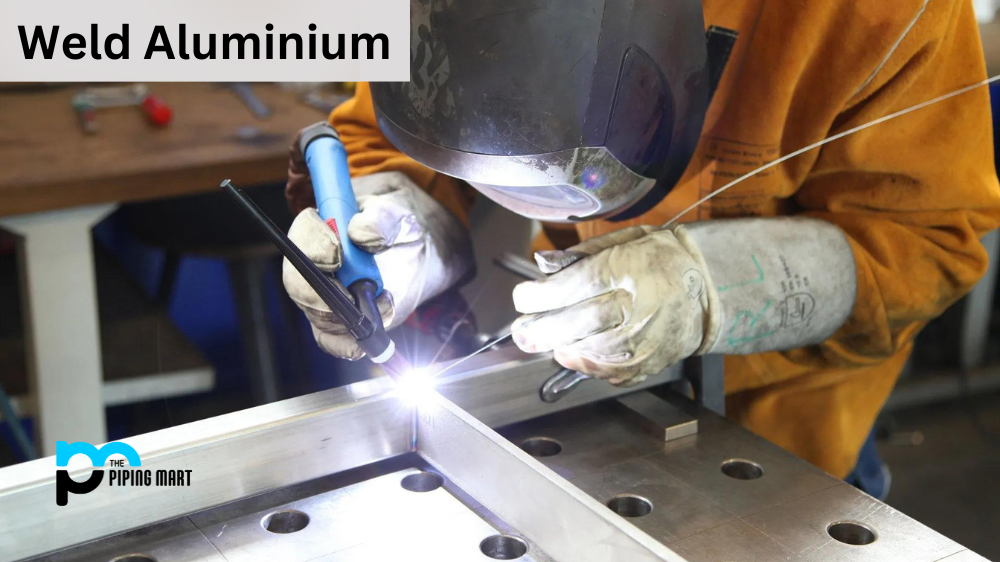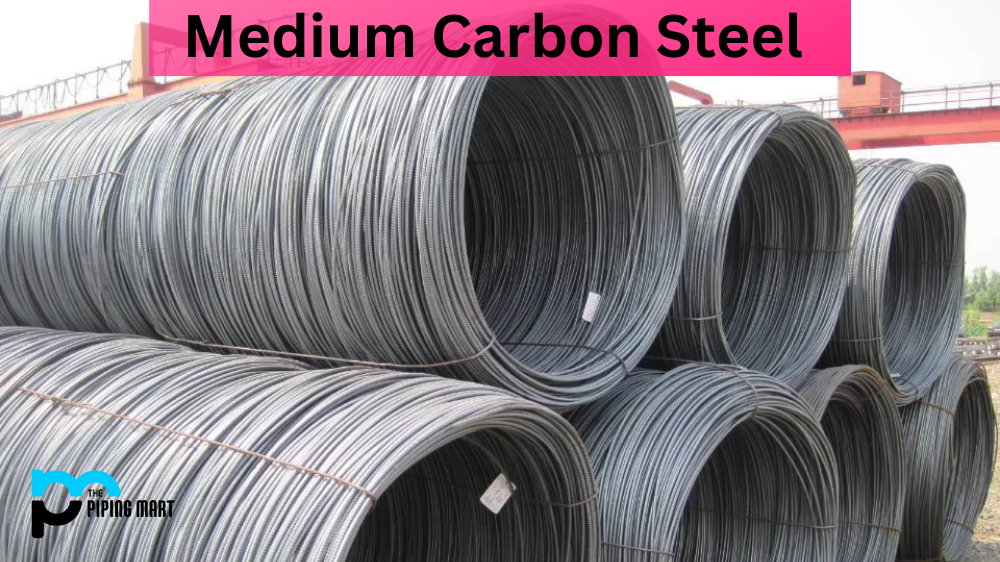If you are in the industrial piping and tubing industry, you have come across the terms ASTM A312 and ASTM A240. These terms refer to different types of stainless steel tubing and piping. However, understanding the difference between these two terms can often be confusing. In this blog post, we’ll look at the differences between ASTM A312 and ASTM A240 and clarify the better choice for your applications.
What is ASTM A312?
ASTM A312 is a specification for welded and seamless stainless steel pipes used for high-temperature and general corrosive service. This specification covers seamless, straight-seam welded, and heavily cold-worked welded austenitic stainless steel pipe intended for high-temperature and available corrosive service. ASTM A312 is widely used in the chemical, petrochemical, and power generation industries due to its high resistance to corrosion and heat.
What is ASTM A240?
ASTM A240 is a specification for chromium and chromium-nickel stainless steel plate, sheet, and strip for pressure vessels and general applications. This specification covers chromium, chromium-nickel, and chromium-manganese-nickel stainless steel plate, sheet, and ribbons for pressure vessels and available applications.
Difference Between ASTM A312 and ASTM A240
The main difference between ASTM A312 and ASTM A240 lies in their applications. ASTM A312 is used for piping and tubing applications that require high temperature and corrosion resistance. In contrast, ASTM A240 is used for plates, sheets, and strips requiring high-impact strength and corrosion and oxidation resistance.
Chemical Composition
One of the main differences between ASTM A312 and ASTM A240 is the chemical composition of the materials. ASTM A312 is an austenitic stainless steel containing chromium, nickel, and molybdenum. This makes it more resistant to corrosion than other types of stainless steel. ASTM A240, on the other hand, is made of ferritic or martensitic stainless steel, which does not contain as much chromium. This makes it less resistant to corrosion.
Temperature Resistance
Another difference between ASTM A312 and ASTM A240 is the temperature resistance of the materials. ASTM A312 can withstand higher temperatures than ASTM A240. Austenitic stainless steel is more resistant to high temperatures than ferritic or martensitic stainless steel.
Pressure Resistance
ASTM A312 is also more pressure-resistant than ASTM A240. Austenitic stainless steel is more malleable than ferritic or martensitic stainless steel. Ductile materials can resist higher pressures without breaking or deforming.
Cost
ASTM A312 is typically more expensive than ASTM A240 due to its higher material quality. Austenitic stainless steel costs more to produce than ferritic or martensitic stainless steel.
Applications
ASTM A312 is commonly used in food processing, pharmaceutical, and heat exchanger applications. ASTM A240 is widely used in applications such as kitchen sinks, hospital equipment, and architectural panels
Advantages of ASTM A312 over ASTM A240
One of the major advantages of ASTM A312 over ASTM A240 is its higher corrosion resistance and tensile strength. ASTM A312 is made to withstand high temperatures and harsh chemical environments, making it perfect for industrial applications where corrosion and heat resistance are prerequisites.
Advantages of ASTM A240 over ASTM A312
ASTM A240 is more versatile and durable than ASTM A312 since it can be used in broader applications. Its strength and durability make it ideal for applications where heavy wear is expected. ASTM A240 also offers excellent weldability and machinability, making it possible to fabricate complex parts that are difficult to manufacture with other materials.
Conclusion
In conclusion, ASTM A312 and ASTM A240 are important specification standards for stainless steel piping and tubing. While ASTM A312 is used more in the chemical, petrochemical, and power generation industries, ASTM A240 is more widely used for general applications and pressure vessels. Understanding the differences between these two specifications can help you make the right choice for your applications. It’s always important to consult with professionals to make the best decision.

Pipingmart is a B2B portal that specializes in metal, industrial and piping items. Additionally, we share the latest information and information about materials, products and various types of grades to assist businesses that are involved in this business.




